
Plastic is a brilliant invention. It has greatly contributed to our modern industrial revolution. No other material can come close to plastic in terms of mass production and flexibility in design.
Plastic is one of the easiest and cheapest ways to shape and mold parts and products into any form desired. But what is the problem?
The problem is that this miracle invention is everywhere. And there is SO MUCH of it, that it’s ruining the planet.
Plastic garbage is literally now in every ocean on earth. It’s not just the bags and straws, but even smaller particles of plastic debris that mostly go unnoticed. These cause even greater damage to the environment and to our bodies.
A recent scientific study has found that humans eat thousands of bits of tiny plastic particles every year. Even more shocking, they estimate that an average person could be ingesting approximately 5 grams of plastic per week. The equivalent of eating one whole credit card.
But the problem doesn’t just end there. The cost of using cheap plastic materials has tragic consequences for marine and animal life that most people take for granted.

Every single week, at least 100,000 marine animals and over 1 million sea birds are found dead entangled up in plastic waste. Many of those animals who survived were brutally injured from the plastic waste entering in their environment.
Plastic also comes off of the tires that we drive down roads[b] and rain pushes this plastic into rivers, streams and oceans.
Microplastic particles find their way into the bellies of fish in the ocean, and when we eat those fish, the plastic then finds it’s way into our digestive system as well. And yet, even smaller Nanoplastic particles fall to the earth in rain drops, and scientists have even found them in vegetables as well.
This is a huge problem and its out of control.
Buying bottled water?
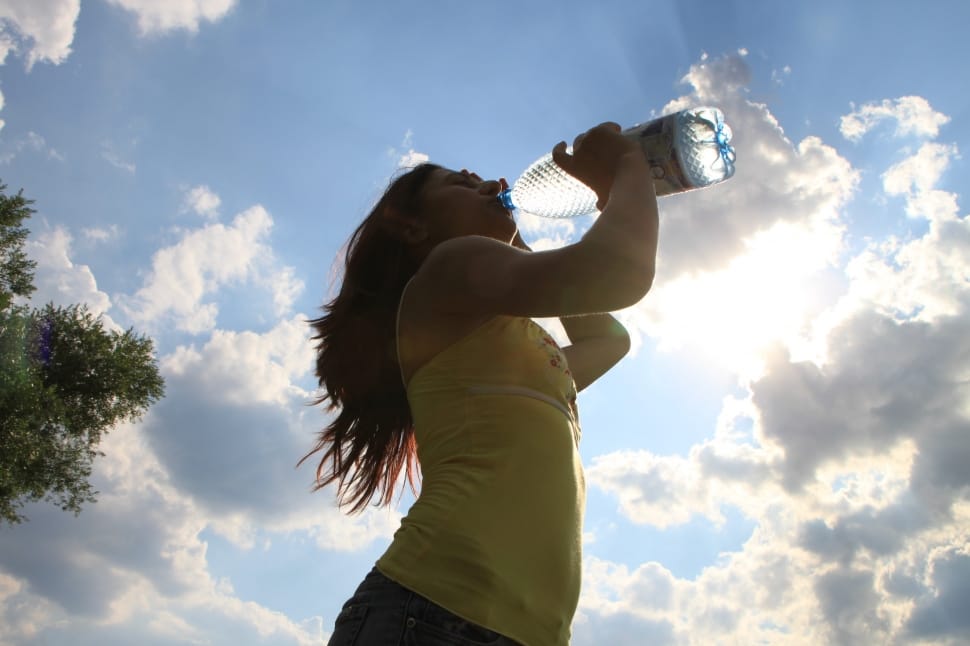
Drinking water is how you clean your body from the inside, and we all should drink plenty of water to stay healthy. It’s best to drink purified/alkaline or john ellis water, but we DON’T recommend to drink water out of plastic bottles unless you also want toxins coming from the plastic to get inside of you.
The main problem with drinking out of plastic water bottles is that those bottles can leak Bisphenol-A (BPA) into the water, which is toxic. You might be thinking, “But my plastic is BPA-free” well, it’s now known that BPA-free products have merely replaced BPA with bisphenol-S (BPS) or bisphenol-F (BPF). And even small concentrations of BPS and BPF may disrupt the function of your cells in a way similar to BPA. Thus, BPA-free bottles may not be an adequate solution.
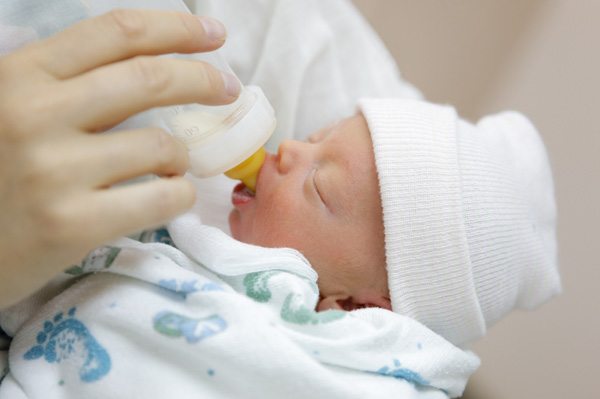
Yet, in spite of all the increased awareness, even if people stop buying plastic bottles, they continue to put food in plastic-wrap, styrofoam[a], use plastic bags, drink from plastic cups, and eat with plastic plates, utensils & straws.
Everyone says that smoking and other things cause cancer, but nobody ever says anything about all the damage plastic is doing. Plastic is everywhere yet largely remains ignored.
What you can do
The first and easiest thing you can do is to eliminate plastic from your life as much as possible. Consider a few things.
Stop buying and using plastic as much as you can. This includes plastic cups, straws and bags. Use paper bags instead. Paper will decompose very fast (2-6 weeks) if exposed to the elements, so using paper bags from the grocery store should always be a preference.
Drink water from glass or stainless steel. Glass takes 1 million years to decompose, and metal is not biodegradable. So choose stainless steel or (even better) glass bottles to store your purified water. It’s also much cheaper if you buy purified water in 1 or 3-gallon glass jugs as opposed to a small 8-ounce plastic bottle from the store.
If you live in a first-world country, there are state & government programs paid to haul the plastic waste away. But it doesn’t just disappear, it just gets dumped somewhere else, (like a third-world country) and then it becomes someone else’s problem….
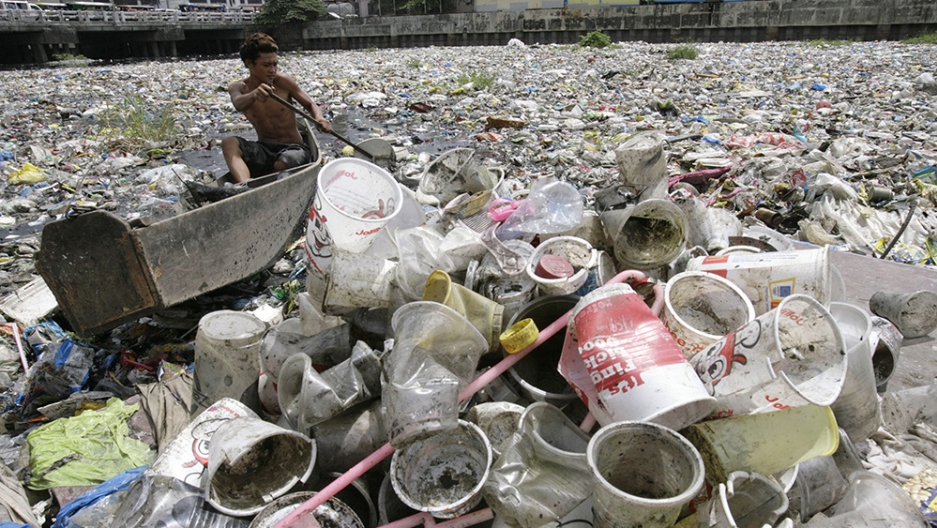
Recycling is not enough
Why is recycling not enough? Because:
1. — plastic bags and other odd shapes can’t be recycled, and
2. — much of that plastic will still end up in a landfill somewhere, or in the ocean.

Cheap packaging materials make huge profits for soft drink and industrial companies and so they will continue to sell their products in such harmful plastic packaging as long as consumers continue to buy them.
It’s bad enough that most sources of drinking water are contaminated with microplastics, but you can significantly reduce your exposure to plastic by avoiding buying it and not using it as much as possible.
To recap:
- AVOID: Plastic bags, Plastic water bottles, Plastic cups & straws
- USE: Paper bags, Reusable glass bottles, Ceramic/metal cups & silverware
Remember, if you are not avoiding plastic you are contributing to the problem. Share your thoughts on plastic in the comments below.
Footnotes
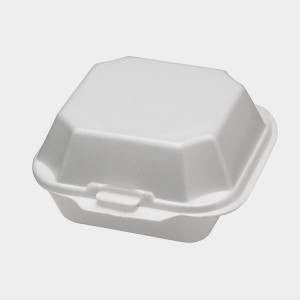
[a] In 1941, Dow Chemical Company invented a proprietary process to make their trademarked and well-known polystyrene foam product, also called “styrofoam.”
Polystyrene (PS) plastic is a naturally transparent thermoplastic that is available as both a typical solid plastic as well in the (more commonly seen) rigid foam material.
Polystyrene contains the toxic substances Styrene and Benzene, suspected carcinogens and neurotoxins that are hazardous to humans. Hot foods and liquids actually start a partial breakdown of the Styrofoam, causing some toxins to be absorbed into our bloodstream and tissue. However many restaurants still put hot takeout (food-to-go) in a Styrofoam container.
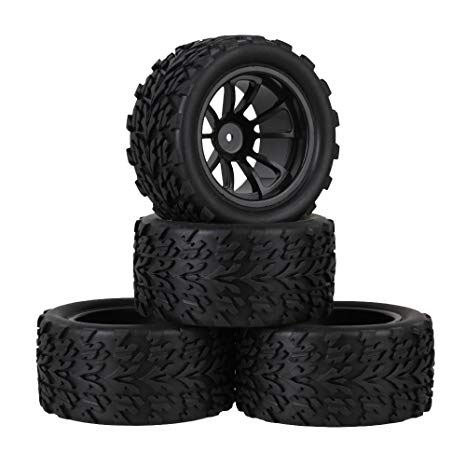
[b] Tires today consist of about 19 percent natural rubber and 24 percent synthetic rubber, which is a plastic polymer. The rest is made up of metal and other compounds.
Although we loosely call them ‘rubber’, engineers really did reinvent the wheel. Vehicle tires are actually made from a complex blend of mostly synthetic materials and chemicals, including various types of plastic.